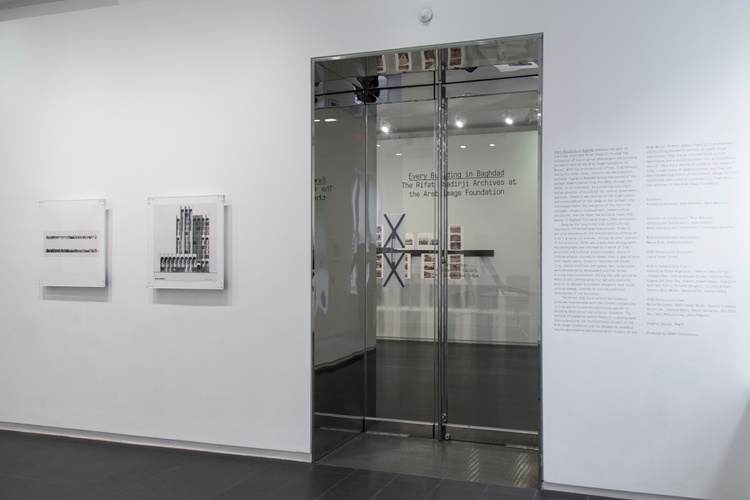A
AIA CES Credits
AV Office
321M Fayerweather Hall
Abstract Publication
415 Avery Hall
Academic Affairs
400 Avery Hall
Academic Calendar, Columbia University
Academic Calendar, GSAPP
Admissions Office
407 Avery Hall
1172 Amsterdam Avenue
New York, New York 10027
Advanced Standing Waiver Form
Must be printed and returned to 400 Avery Hall
Alumni Board
Alumni Office
405 Avery Hall
1172 Amsterdam Avenue
New York, New York 10027
Architecture Studio Lottery
Assistantships
Avery Library
300 Avery Hall
1172 Amsterdam Avenue
New York, NY 10027
Avery Review
Avery Shorts
B
Black Student Alliance at Columbia GSAPP
Building Science & Technology Waivers
Bulletin Archive
C
Career Services
300M Avery Hall
Columbia Books on Architecture and the City
Commencement
Communications Office
415 Avery Hall
Conversations podcast
Counseling and Psychological Services
Courses
Credentials Verification
Credit Transfer
Cross Registration
D
Dean’s Letter
Dean’s Office
402 Avery Hall
1172 Amsterdam Avenue
New York, NY 10027
Development Office
404 Avery Hall
Directory of Classes (All Columbia University)
Disability Services
Dodge Fitness Center
3030 Broadway Dodge
Dual Degree Program Requirements
E
End of Year Show
Events Office
415 Avery Hall
External Funding Sources
F
Faculty Directory
Feedback
Finance Office
406 Avery Hall
Fitch Colloquium
Future Anterior Journal
G
GSAPP Community Fellowship Program
GSAPP Emergency Fund
GSAPPX+
Grades
Graduation
Graphics Project
H
Honor System
Human Resources
Hybrid Pedagogy Resources
I
IT Helpdesk Ticket, GSAPP
IT Office, GSAPP
IT, Columbia University (CUIT)
Identity
Incubator Prize
International Students and Scholars Office (ISSO)
N
News and Press Releases
Newsletter Sign Up
Non-Discrimination Statement and Policy
O
Onera Prize for Historic Preservation
Online Admissions Application
GSAPP Admissions 407 Avery Hall
Output Shop
116 Avery Hall
1172 Amsterdam Avenue
New York, NY 10027
Ownership of Student Work Policy
P
Paris Prize, Buell Center
Paul S. Byard Memorial Lecture Series
Percival & Naomi Goodman Fellowship
Plagiarism Policy
Policies & Resources
Press Releases
Publications Office
415 Avery Hall
1172 Amsterdam Avenue
New York, New York 10027
R
Registration
Registration: Add / Drop Form
Room Reservations
S
STEM Designation
Satisfactory Academic Progress
Scholarships
Skill Trails
Student Affairs
400 Avery Hall
Student Awards
Student Conduct
Student Council (All Programs)
Student Financial Services
Student Health Services at Columbia
Student Organization Handbook
Student Organizations
Student Services Center
205 Kent Hall
Student Services Online (SSOL)
Student Work Online
Studio Culture Policy
Studio Procedures
Summer Workshops
Support GSAPP
Every Building in Baghdad: The Rifat Chadirji Archives at the Arab Image Foundation examines the work of Iraqi architect Rifat Chadirji through the collection of his original photographs and building documents held at the Arab Image Foundation in Beirut. With the work of his architectural office Iraq Consult, and in his other roles, Chadirji became a pivotal cultural figure in Baghdad during the period of its postwar modernization from the 1950s through the 1970s. As an architect, planning consultant and director of buildings for several government agencies, Chadirji was central to the organization and consolidation of the image of the postwar city and helped foster the emergence of the factories, colleges, monopoly headquarters, communication structures and other new building types that appear in Baghdad following Iraq’s 1958 revolution.
Despite the long historical continuity his regionally inflected modernism evoked, Chadirji was all too aware of the transformative effects of Iraq’s growing oil economy. His work as a photographer was informed by his sense of Iraq’s political and cultural precariousness, while it foresaw greater disruption ahead. Over a span of more than twenty years, Chadirji recorded the street life, social practices and spaces that he believed were threatened by development and the forces driving Iraq’s postwar evolution. Over the same period he meticulously photographed his own architectural work in an attempt to produce documents that could survive the damage, alteration and potential destruction of his buildings.
The threat that lurks within the Chadirji archives reverberates with the current instability in Iraq and Syria and the continuing specter of building destruction and cultural violence. The texture of precarity within Chadirji’s photographs also underscores the institutional project of the Arab Image Foundation and its attempt to assemble, secure and preserve the photographic history of the Arab World. In this sense, Chadirji’s photographs and building documents exhibit at least three identities: they are an informational system describing every building within his architectural oeuvre; they are a device to preserve the image of Iraq’s experience of modernization; and they are the charged signifiers of collateral damage and historical and cultural vulnerability that marks the archives of the Arab Image Foundation.








